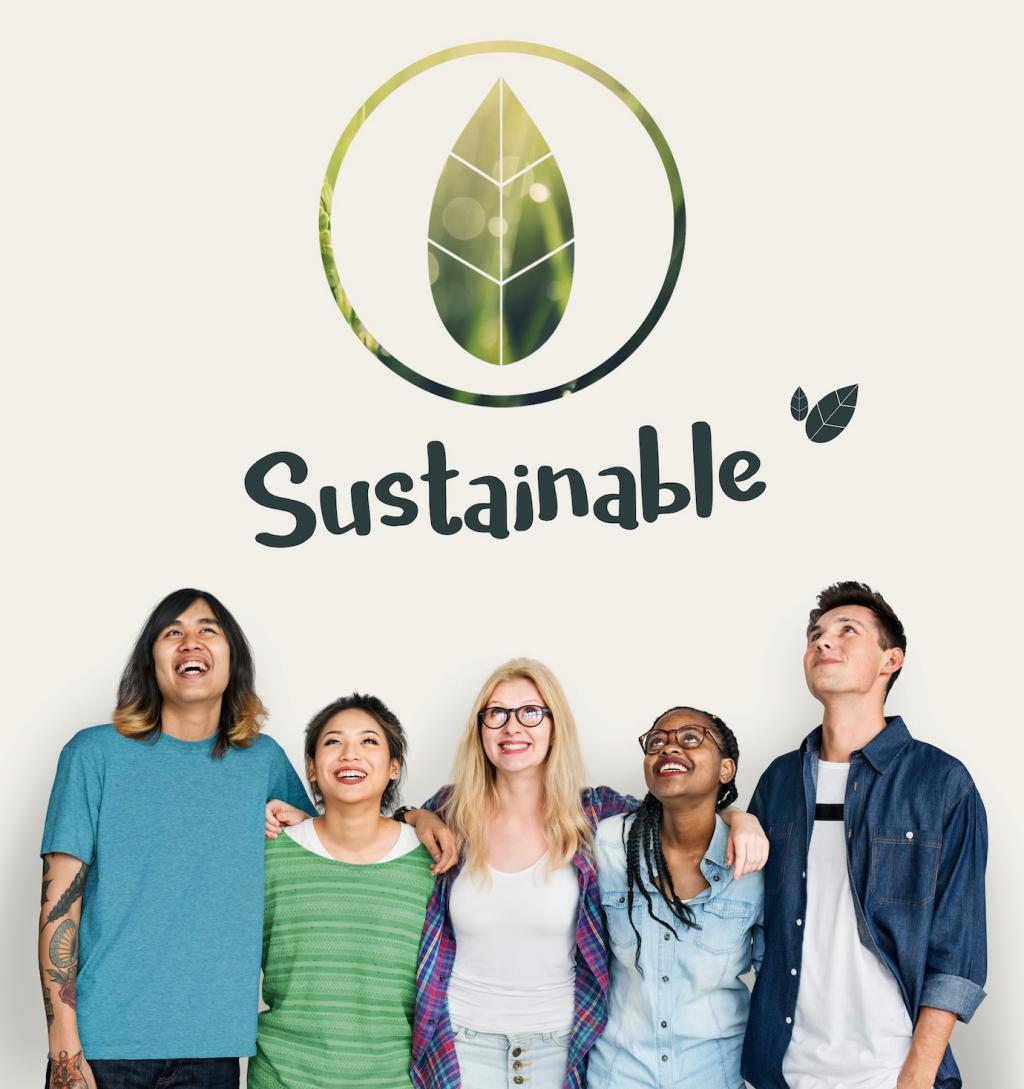Global Program Styles: Thesis, Professional, and Hybrid Paths
If you love unanswered questions, a thesis path grants time to push a frontier—like converter topologies or urban heat mapping—while publishing, presenting, and building a research network that can lead to R&D roles or a PhD.
Global Program Styles: Thesis, Professional, and Hybrid Paths
Coursework-oriented degrees focus on tool fluency, case work, and team sprints, often capped by an industry project. They suit career pivoters aiming to ship solutions quickly and demonstrate value within twelve to eighteen months.










